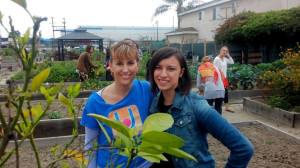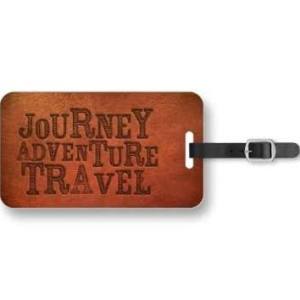Tragedies around the world can put us down, even when we’re hundreds of miles away. Turn on the news and we find out about the catastrophes in Ecuador and Texas. Families and communities were lost in minutes. We feel their pain, their sorrow, and their loss. Who are they going to for help?
Maybe you reach out and try to help through Red Cross. Or maybe you continue on your way, move through your day and place the tragedy at the back of your mind, not knowing how to help. Sometimes, we have too much of our own baggage that we simply must carry on. That’s okay. There’s nothing wrong with that. How can we help someone else when we’re still figuring out our own lives? We are accustomed to dealing with our own battles and the problems we already have on our own plate. What we don’t see is that there are hands around us in our community to help lessen that weight.
For some of us, our plate is heavy. Too heavy. Some of that weight is invisible to the rest of the world. Many people don’t know that you went through some serious stuff and you’re still learning how to talk about it to those around you. You want to connect with people and not allow the memory, the trauma, to completely take over your life.
Turning off the memory takes therapeutic recovery. Memory is a powerful weapon that we often use against ourselves. Sometimes, it’s the main reason why we find it difficult to function. We’re hit with our memories, like one bullet after another, but we fail to realize that we’re the one pulling the trigger.
That is the effect of trauma. Many know that it resides in the mind, but some don’t know that it also rests deep in the body. In my internship with LA YOGA Magazine, I interviewed a survivor of human trafficking who confirmed that the assaults left a scar not just in her subconscious, but in her tissues and in her bones. The body is extremely sensitive. It doesn’t forget. It’s the one holding all of the stress and anxiety.
It hurts to revisit the sight of pain and band-aid it over and over again. We just want it to be healed, already, and not have to deal with it anymore. But the band-aid falls off. It’s not strong enough to hold you together.
The metaphors are tiresome, I know, but stick with me.
Perhaps you begin to truly heal by taking a little extra time to talk about it with your husband, sister, or someone close to you. You start to maybe even realize that your problems are manageable once you face them with another person by your side. For some, speaking to a counselor or a psychologist isn’t therapeutic at all; it might even bring on more anxiety. On the other hand, it may be the best thing for you to talk to someone outside of your family. Whoever that person is, they are stronger than that band-aid you used to cover up and forget the scars.
It’s not a cliche to say that ‘you are not alone’, because it’s the truth. You have an abundance of love, care and support around you. You are not weak or selfish by asking for help.
When you feel more than strong and ready, maybe you can volunteer to help lift someone else up. Slowly but surely, you will be able to see just how weightless that plate is and how unified your community is.
Watch the love for yourself and others grow. When that happens, you’re the hero in your own story.





